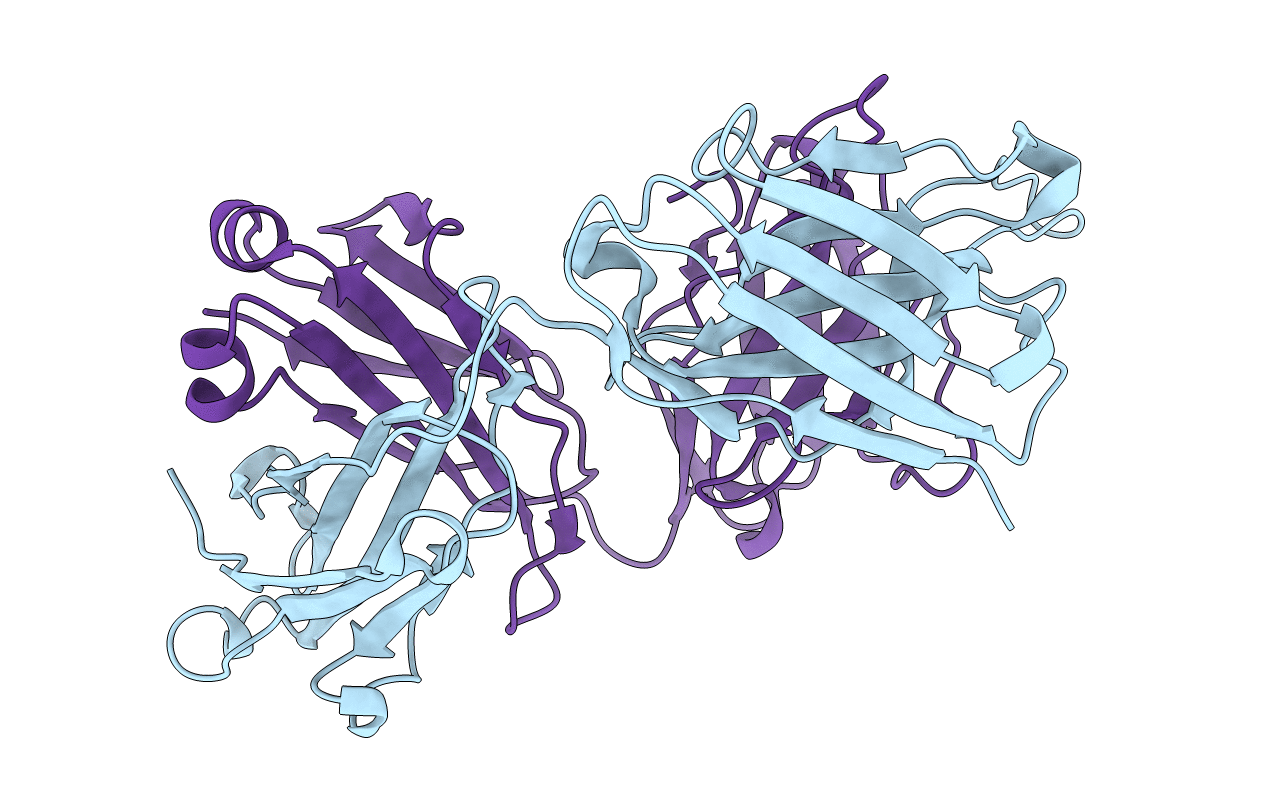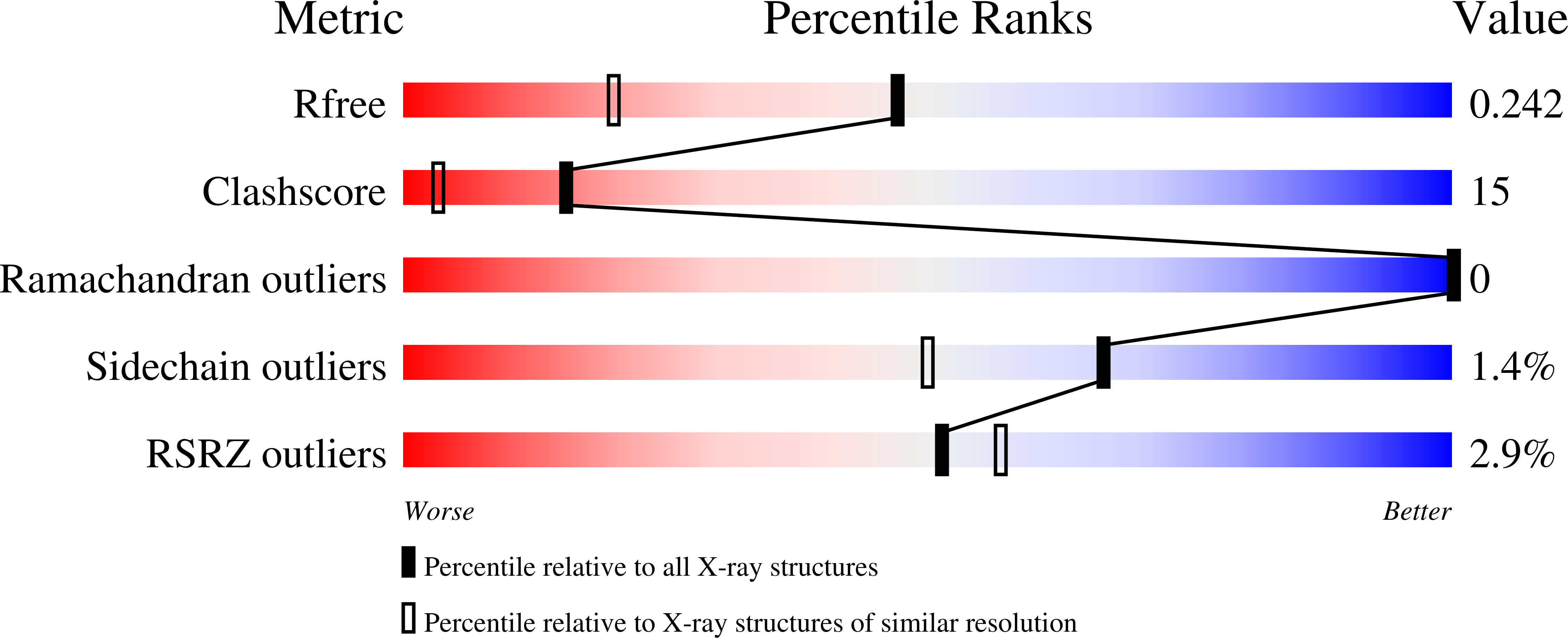
Deposition Date
2021-04-08
Release Date
2021-07-14
Last Version Date
2024-11-13
Entry Detail
PDB ID:
7MFB
Keywords:
Title:
Crystal structure of antibody 10E8v4 Fab - light chain H31F variant
Biological Source:
Source Organism:
Homo sapiens (Taxon ID: 9606)
Host Organism:
Method Details:
Experimental Method:
Resolution:
1.74 Å
R-Value Free:
0.24
R-Value Work:
0.22
R-Value Observed:
0.22
Space Group:
C 1 2 1


